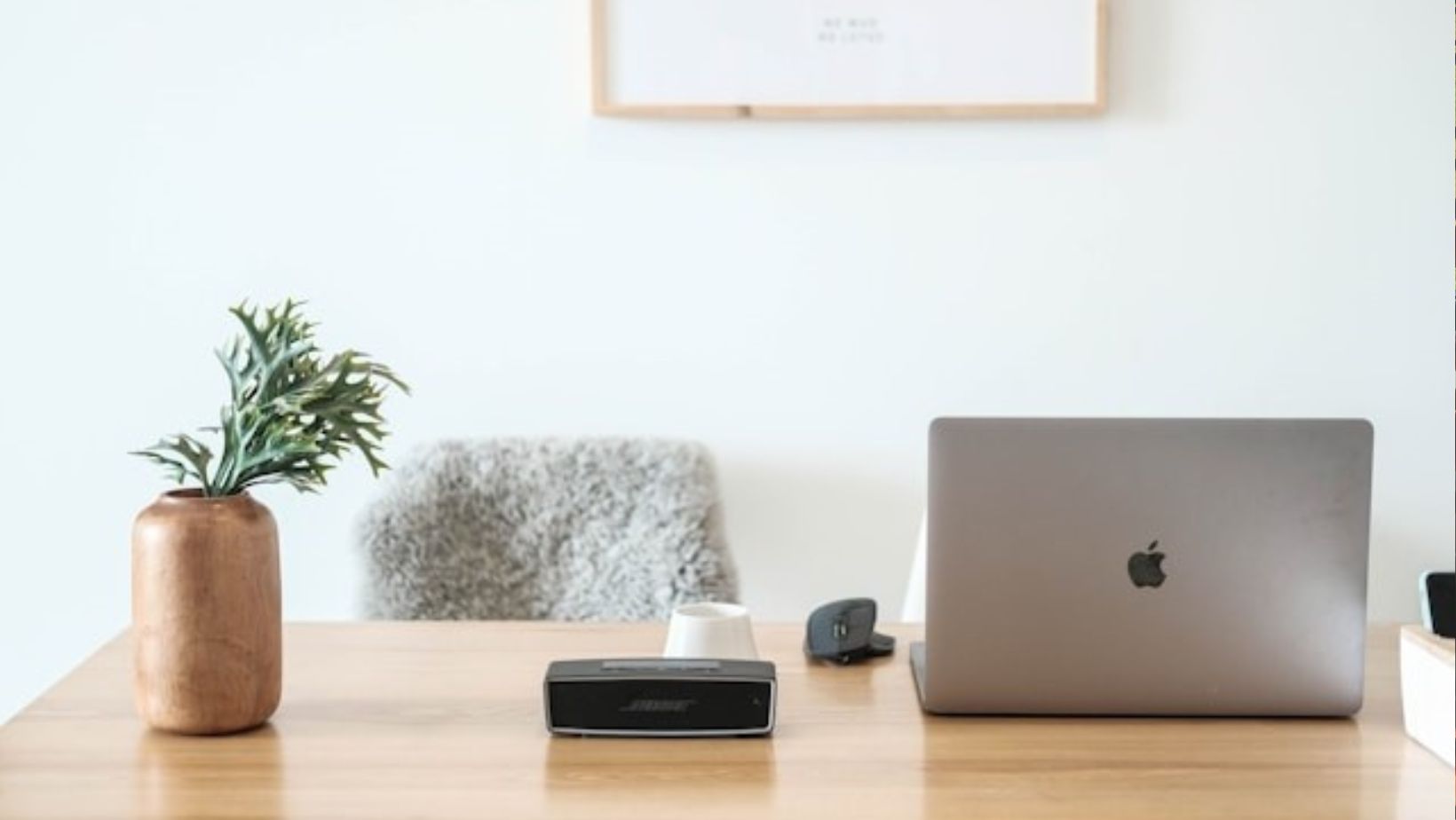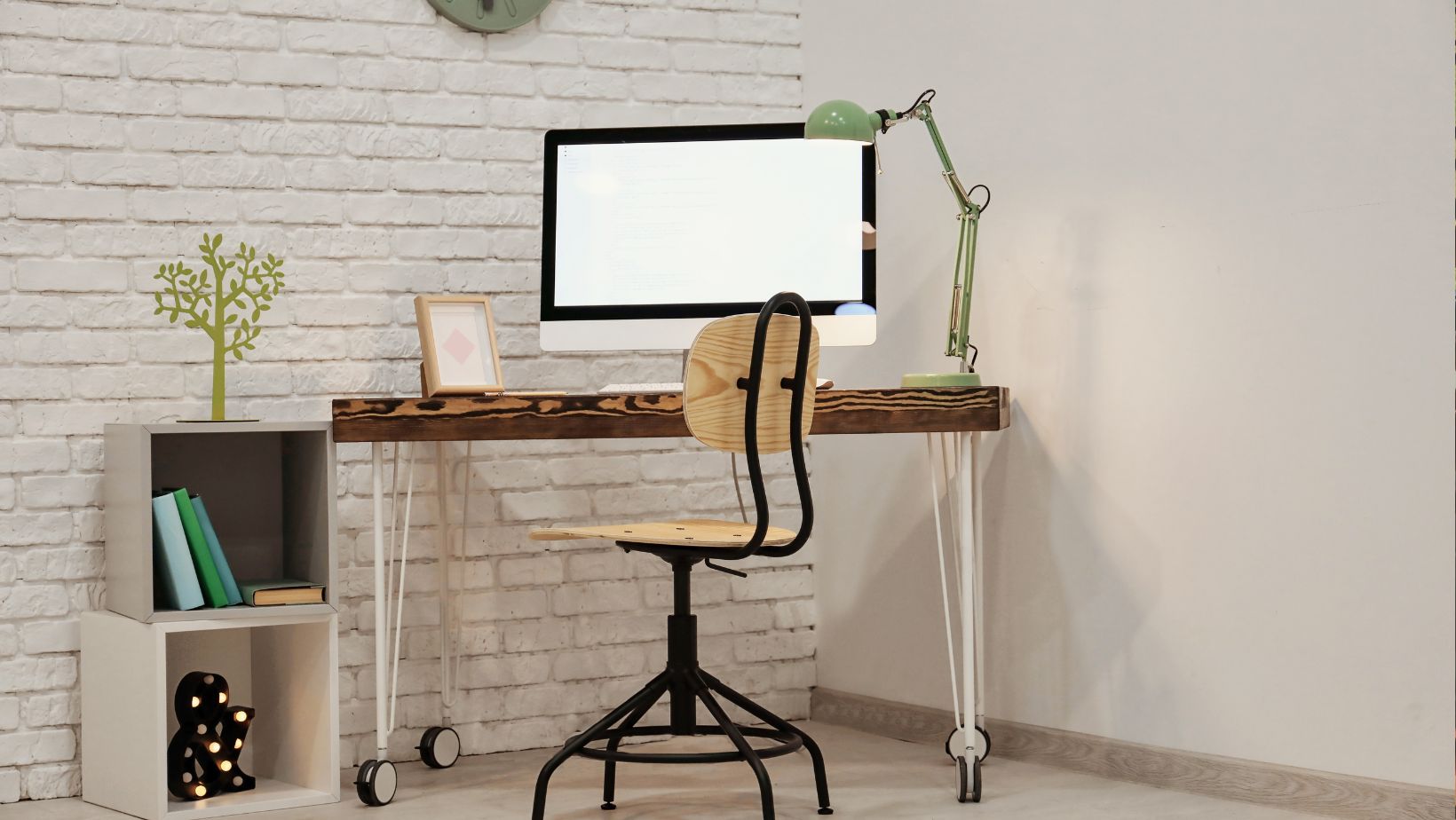How to Create a Sustainable Home Office Setup on a Budget

Working from home has become the new norm for many individuals, emphasizing the importance of having a functional and sustainable home office setup. Creating an efficient workspace that promotes productivity without breaking the bank is a goal for many remote workers. In this article, we’ll explore practical tips and cost-effective solutions to help you design a sustainable home office setup on a budget.
From eco-friendly furniture options to energy-efficient lighting solutions, there are various ways to make your home office more sustainable without compromising on quality. By incorporating simple yet effective strategies, you can create a workspace that not only supports your work needs but also minimizes environmental impact. Let’s delve into the world of sustainable home office design and discover how you can optimize your workspace affordably and responsibly.
Planning Your Budget for a Sustainable Home Office
When planning a budget for a sustainable home office setup, it’s essential to evaluate your needs and allocate funds efficiently to achieve a cost-effective yet eco-friendly workspace.
Evaluating Your Needs
To create a sustainable home office on a budget, start by evaluating your specific requirements. Consider the equipment, furniture, and supplies necessary for your work setup. Determine the energy consumption of your devices and identify opportunities to reduce it through energy-efficient solutions. By understanding your needs and usage patterns, you can make informed decisions that promote sustainability while staying within your budget constraints.
Allocating Funds Efficiently
Allocating funds efficiently is crucial for establishing a sustainable home office without overspending. Prioritize investments in eco-friendly furniture made from recycled materials and energy-efficient lighting options to reduce environmental impact and operational costs. Additionally, consider sustainable practices such as recycling paper and electronic waste, composting organic materials, and incorporating renewable energy sources like solar power or inverter generator for backup electricity. By allocating funds wisely, you can create a budget-friendly home office that aligns with your sustainability goals.
Choosing Sustainable Furniture and Materials
Eco-friendly Furniture Options
When setting up a sustainable home office on a budget, opting for eco-friendly furniture is a pivotal step.

Sustainable furniture options include pieces made from renewable materials such as bamboo, reclaimed wood, or recycled plastic. These materials not only reduce the environmental impact but also add a unique touch to the workspace. Many companies now offer furniture lines that prioritize sustainability, ensuring that your office setup aligns with green practices.
Sustainable Building Materials
Incorporating sustainable building materials into your home office can further enhance its eco-friendly appeal. When renovating or constructing your workspace, consider using materials that promote energy efficiency and are recyclable. Features like energy-efficient windows, insulation made from recycled materials, and low volatile organic compound (VOC) paints contribute to a healthier indoor environment while reducing the carbon footprint of your office.
By choosing eco-friendly furniture options and sustainable building materials, individuals can create a budget-friendly home office setup that not only supports their work needs but also aligns with their sustainability goals. Making conscious decisions about furniture and materials can significantly impact the environmental footprint of the workspace, promoting a greener and more efficient working environment.
Energy Efficiency and Equipment
Energy-Saving Electronic Devices
Integrating energy-efficient electronic devices is crucial for a sustainable home office setup. Opting for computers, monitors, printers, and other office equipment with Energy Star ratings can significantly reduce energy consumption. These devices consume less power without compromising performance. By using energy-saving settings and powering off devices when not in use, one can further enhance energy efficiency in their home office.
Lighting and Heating Options
Selecting LED or CFL bulbs for lighting fixtures helps decrease energy usage compared to traditional incandescent bulbs. These options provide bright illumination while consuming less electricity. Additionally, utilizing natural light by positioning workstations near windows can reduce the need for artificial lighting during daytime hours. For heating the home office, programmable thermostats can regulate temperature settings, optimizing energy usage throughout the day. By establishing a balance between natural light utilization and energy-efficient heating solutions, one can create a sustainable workspace while reducing electricity consumption.
Decorating with Sustainability in Mind
When decorating a home office with sustainability in mind, opting for recycled or upcycled decor is a great way to reduce waste and environmental impact. Using items that have been repurposed or made from recycled materials helps minimize the demand for new resources. For instance, incorporating a desk made from reclaimed wood or shelves from upcycled materials not only adds character to the workspace but also promotes environmental conservation.
By strategically incorporating recycled or upcycled decor and green plants into the home office setup, individuals can enhance sustainability efforts while creating a visually appealing and eco-friendly workspace. These simple yet effective design choices align with the principles of recycling, Composting organic waste, and using energy-efficient solutions like inverter generators, contributing to a greener and more sustainable work environment.
Conclusion
Creating a sustainable home office setup on a budget is not only achievable but also essential for a greener work environment. By prioritizing eco-friendly furniture, energy-efficient lighting, and sustainable practices like recycling and renewable energy sources, individuals can reduce their environmental footprint while boosting productivity. Incorporating recycled or upcycled decor, such as reclaimed wood desks and upcycled shelves, helps minimize waste and promote environmental conservation. Adding green plants like snake plants and peace lilies not only enhances the workspace visually but also improves indoor air quality by reducing pollutants. These sustainable design choices create an eco-friendly and visually appealing home office that supports recycling, composting, and energy-efficient solutions for a more sustainable work environment.
-
Personal Finance5 months ago
How Do I Find My UCAS ID Number?
-
Success5 years ago
Consistency: The Key Ingredient to Success
-
Uncategorized5 months ago
What Does Conditionally Approved Mean For An Apartment?
-
Motivation2 years ago
How To Become a More Organized Person?
-
Others4 years ago
Work Health and Safety: 8 Reasons to Maintain a Clutter-free Office
-
Entrepreneurs3 years ago
Why Diversity is Key in Business Marketing
-
HK Pools5 months ago
The HK Pools Forum Comunity Jos Markotop 2D Warna Kuning – A Great Way to Stay Connected
-
Sport1 year ago
What Makes Soccer Betting So Great?




























